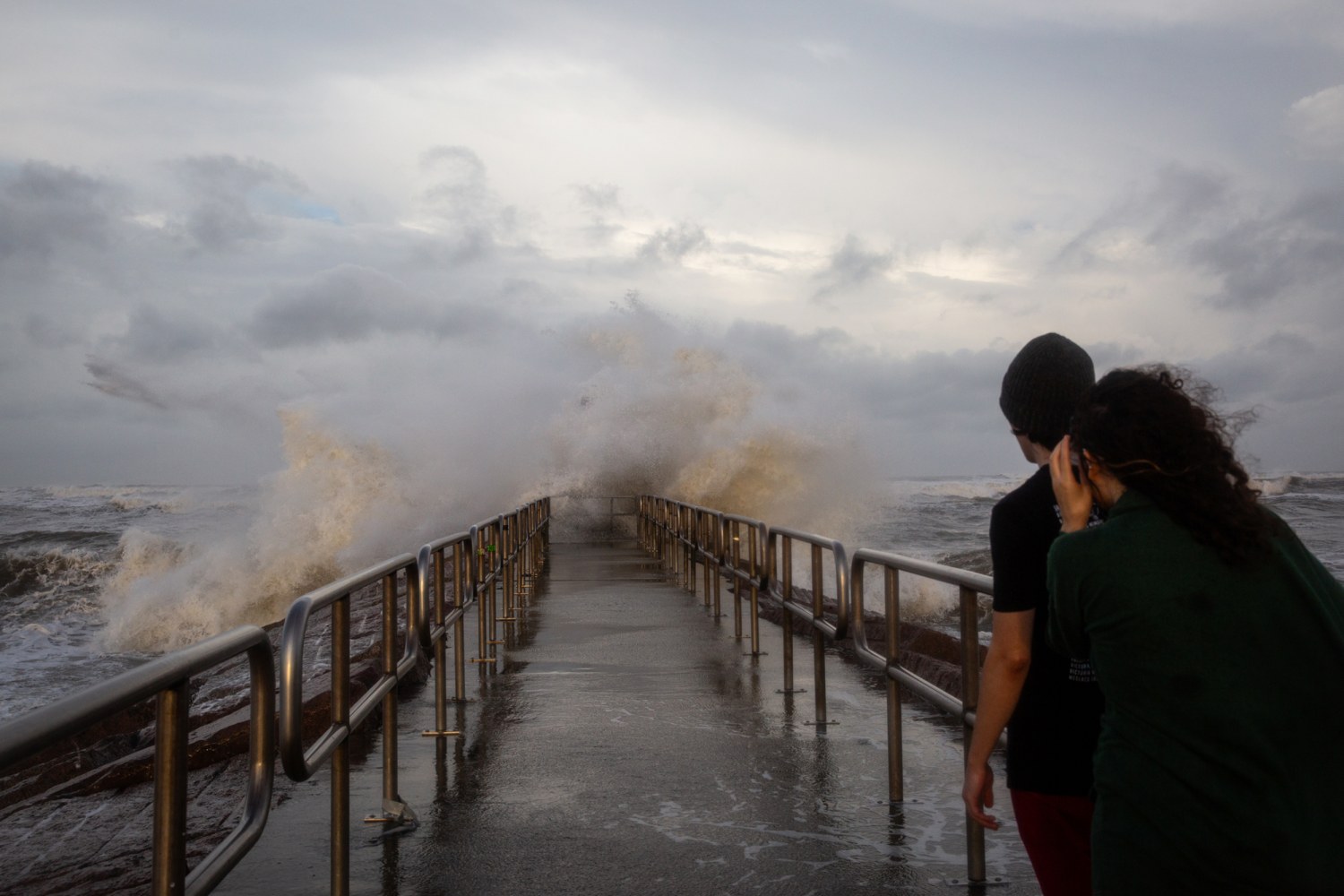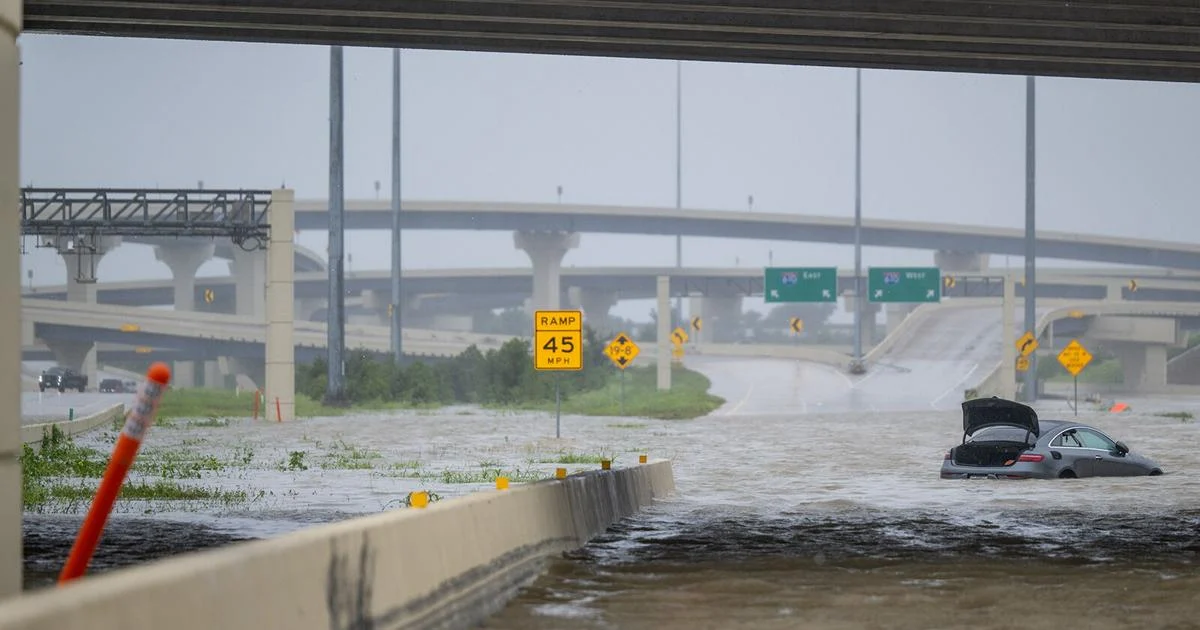Beryl continued to pose a threat on Tuesday, even though it had weakened to a tropical depression after making landfall early Monday as a Category 1 hurricane. The storm slammed into the Gulf Coast of Texas between Galveston and Corpus Christi, just south of Houston, dumping heavy rain across the region and knocking out power to millions of homes and businesses.

Impact on Texas and Surrounding Areas
By Monday evening, Beryl had weakened to a tropical depression, causing flooding and bringing the risk of tornadoes across portions of eastern Texas, western Louisiana, and Arkansas, according to the National Hurricane Center (NHC). The NHC warned of “deadly hazards” such as “downed power lines and carbon monoxide poisoning from improper generator use.”
Beryl was expected to weaken further into a remnant low on Tuesday. The NHC forecasted heavy rainfall of 2 to 4 inches, with locally higher amounts across portions of the lower and mid-Mississippi Valley into the Great Lakes by Wednesday and over the Northeast by Wednesday night, with flash flooding also possible.
David Parkinson highlighted that the tornado threat remained, with areas between Louisville, Indianapolis, and Cincinnati being key spots to watch. Additionally, the National Weather Service in Houston issued a heat advisory, warning of heat index values up to 105 degrees on Tuesday, which could be particularly dangerous for those without power and air conditioning.
Casualties and Power Outages
As of 5 a.m. EDT Tuesday, Beryl was about 145 miles northeast of Tyler, Texas, and 95 miles north of Shreveport, Louisiana, moving northeast at 23 mph with maximum sustained winds of 30 mph. Power outages across Texas topped 2.6 million customers by 7 p.m. local time, slightly reduced to 2.3 million by Tuesday morning.
The storm also significantly disrupted air travel, with around 3,400 flights canceled or delayed on Monday, many originating or ending in Texas airports. As of Tuesday morning, 6 flights were canceled, and 155 flights were delayed at Houston’s George Bush Intercontinental Airport.
Tragically, Beryl has claimed at least seven lives in Texas. In Harris County, a man died after a tree fell on his home, and a 74-year-old woman was killed in a separate incident involving a fallen tree. Houston Mayor John Whitmire reported that a volunteer was killed when his vehicle was submerged in floodwater, and a man died in a house fire attributed to the storm. Three additional fatalities occurred in Montgomery County, including a man struck by a falling tree and two people found dead in a tent in Magnolia. In Louisiana, a 31-year-old woman died when a tree fell on her home in Benton.
Global Destruction and Historical Significance
Beryl’s impact extended beyond the United States. The storm caused at least 11 deaths as it passed through the Caribbean islands before making landfall in Mexico as a Category 2 hurricane and weakening to a tropical storm. While Mexico reported no deaths, tens of thousands were left without power. Beryl had previously wrought destruction in Jamaica, St. Vincent and the Grenadines, Barbados, Grenada, Venezuela, and other regions, with numerous fatalities and widespread damage.

Beryl’s early development into a Category 5 hurricane in the Atlantic was historic, being only the second such storm recorded in July since 2005. It rapidly intensified from a tropical depression to a major hurricane in just 42 hours, a rare feat in Atlantic hurricane history. Beryl’s unusual strength and timing make it a significant storm in meteorological records.
The Atlantic hurricane season, from June 1 to November 30, is predicted to be busy, with Beryl being the second named storm. Warm ocean waters fueled Beryl’s intensity, setting the stage for what could be an active and dangerous hurricane season.
